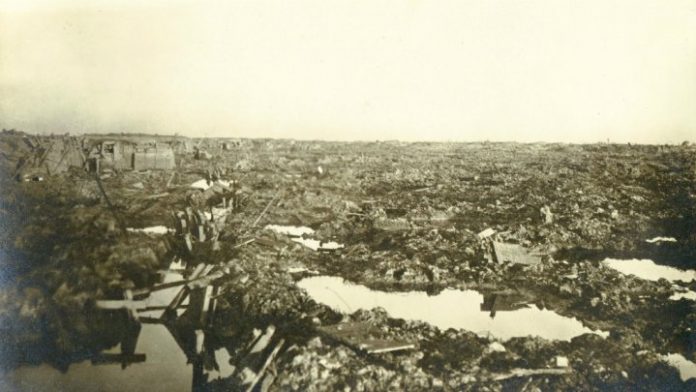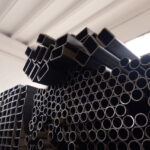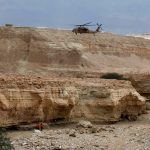After three years of pushing through Flanders, British commander-in-chief Douglas Haig launched a major offensive for control of the village of Passchendaele on the last day of July. The campaign, also known as the ‘Third Battle of Ypres’, proved particularly difficult for the Commonwealth forces as hundreds of thousands of men fought in Dantean conditions.
“I died in hell – they called it Passchendaele”, the British soldier and famed poet Siegfried Sassoonwrote of the carnage that raged over more than three months. A century later, the name Passchendaele still resonates in the British memory. Historian Paul Reed, who specialises in World War I, described how this bloody battle unfolded to FRANCE 24.
FRANCE 24: Why did the British decide to attack Passchendaele?
‘The Second Battle of Ypres’ had ended in May 1915, when the Germans had used poison gas for the first time. They had not achieved a breakthrough at this time but they had captured all the high ground, which surrounded the Belgian city of Ypres. For the next two years the Germans dominated the battlefield in Flanders.
In 1917 the allies decided to attack with an unprecedented amount of artillery and men at Ypres … and break the German lines, pushing them back off the high ground … The Allied forces plan was to advance to the Channel coast and capture the German submarine bases, which were threatening Allied shipping [providing critical supplies].
Ypres was always Britain’s main theatre of operations on the Western Front; even more so than the Somme or Arras. More than 250,000 British and Commonwealth troops died here in WWI, so arguably it was also Britain’s greatest single place of sacrifice.

FRANCE 24: Were the weather conditions particularly terrible for the soldiers? What was the cost of the battle?
On the first day of the battle – July 31, 1917 – the offensive was largely successful in most sectors. But it started to rain that day, and pretty much did not stop, on and off, for much of the rest of the battle. The bombardments destroyed everything, including all the drainage, and in a landscape with a vast array of blue clay beneath it, this meant that heavy rainfall could not drain … and collected at the surface level, turning the battlefield into muddy soup. Passchendaele became a vast lunar landscape of shell holes and mud and muck and slime; men could and did drown in the mud, and everything from horses to tanks disappeared into it. It was arguably the worst battlefield on which British and Commonwealth soldiers fought during the Great War.
Total British and Commonwealth casualties were almost 300,000, with more than 70,000 dead. It was not the costliest battle of the war for Britain, but being fought in such a small area, the losses were not insignificant for the ground gained. The nature of the battlefield, with heavy shelling and liquid mud, meant that many soldiers just disappeared; over 60 percent of the dead at ‘Third Ypres’ have no known grave – a higher than normal proportion.
FRANCE 24: Can we call the battle a success for the Allies?
No breakthrough to the coast was made, but the Germans were pushed back beyond the Passchendaele Ridge. They no longer dominated the ground in Flanders. In that respect, Passchendaele was a victory. Whether that was worth the sacrifice of so many lives in 1917 is something still hotly debated. For the soldiers on the ground, the battle area behind their forward positions at Passchendaele was devastated. It was so difficult to cross that it was said it could take 18 hours to move from the outskirts of Ypres to the front line, some eight miles away at Passchendaele.

FRANCE 24: How will this battle be commemorated in 2017?
There will be a major commemorative service at Tyne Cot Cemetery, in the heart of the Passchendaele battlefield and the largest British and Commonwealth cemetery, on July 31. The night before in Ypres, a sound and light show will illuminate the Cloth Hall building with images of the battle and specially commissioned pieces to reflect on the battle a hundred years ago. Throughout the rest of the year smaller-scale events will take place, and no doubt many will be there on the day a relative died, to remember, a century on.
For us in Britain it’s all very simple: Ordinary men in extraordinary circumstances, and we can never, ever forgot them – whether they marched to Flanders forever or came home to live with the memory of that mud for the rest of their lives.
(Editor’s note: The UK’s Prince William and Catherine, Duchess of Cambridge will be among those gathering in Belgium on Monday to mark 100 years since the start of the battle.)























































